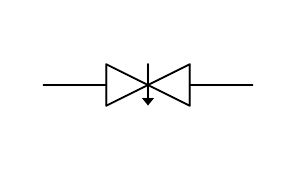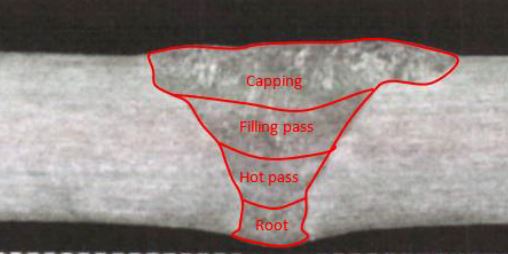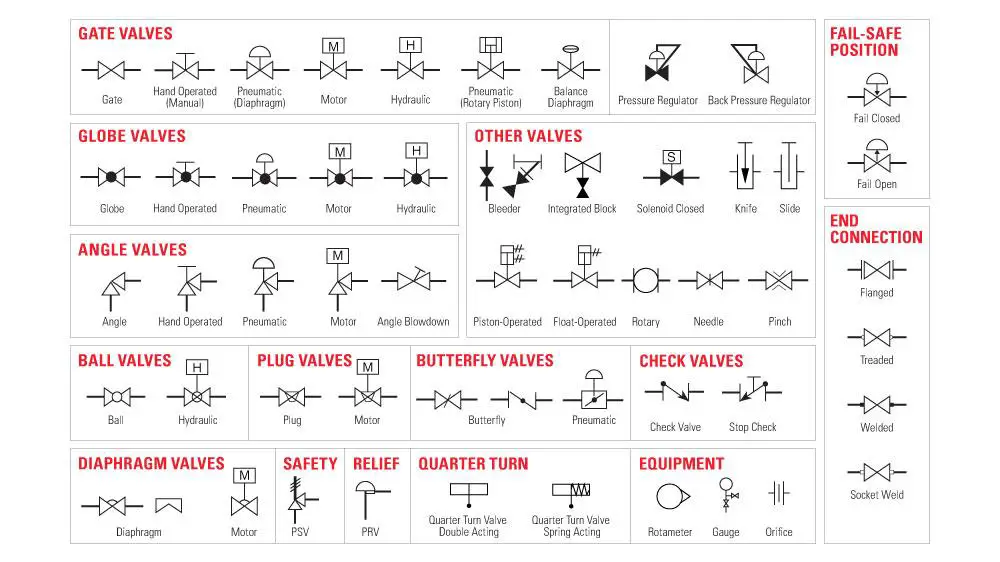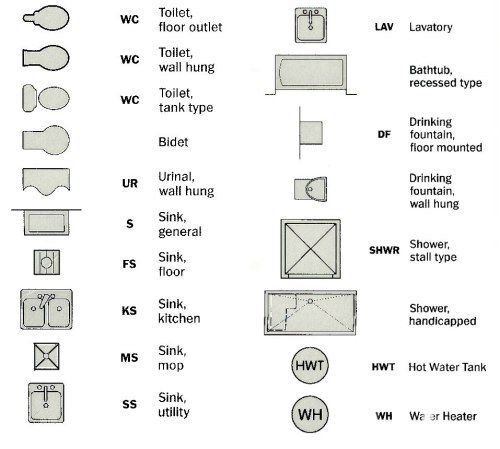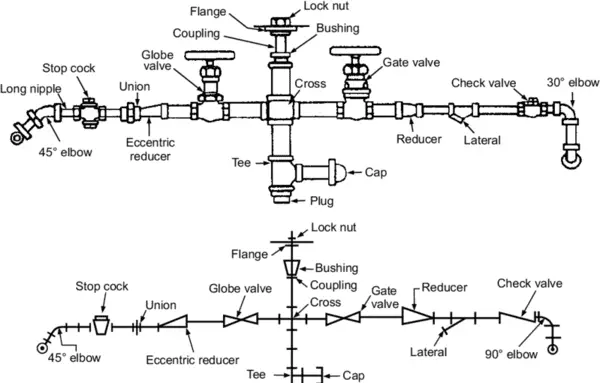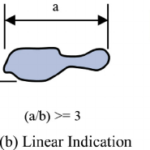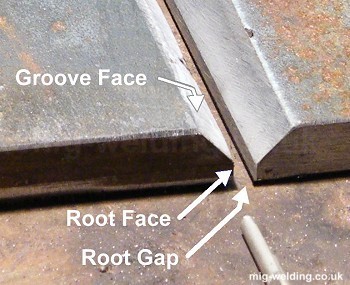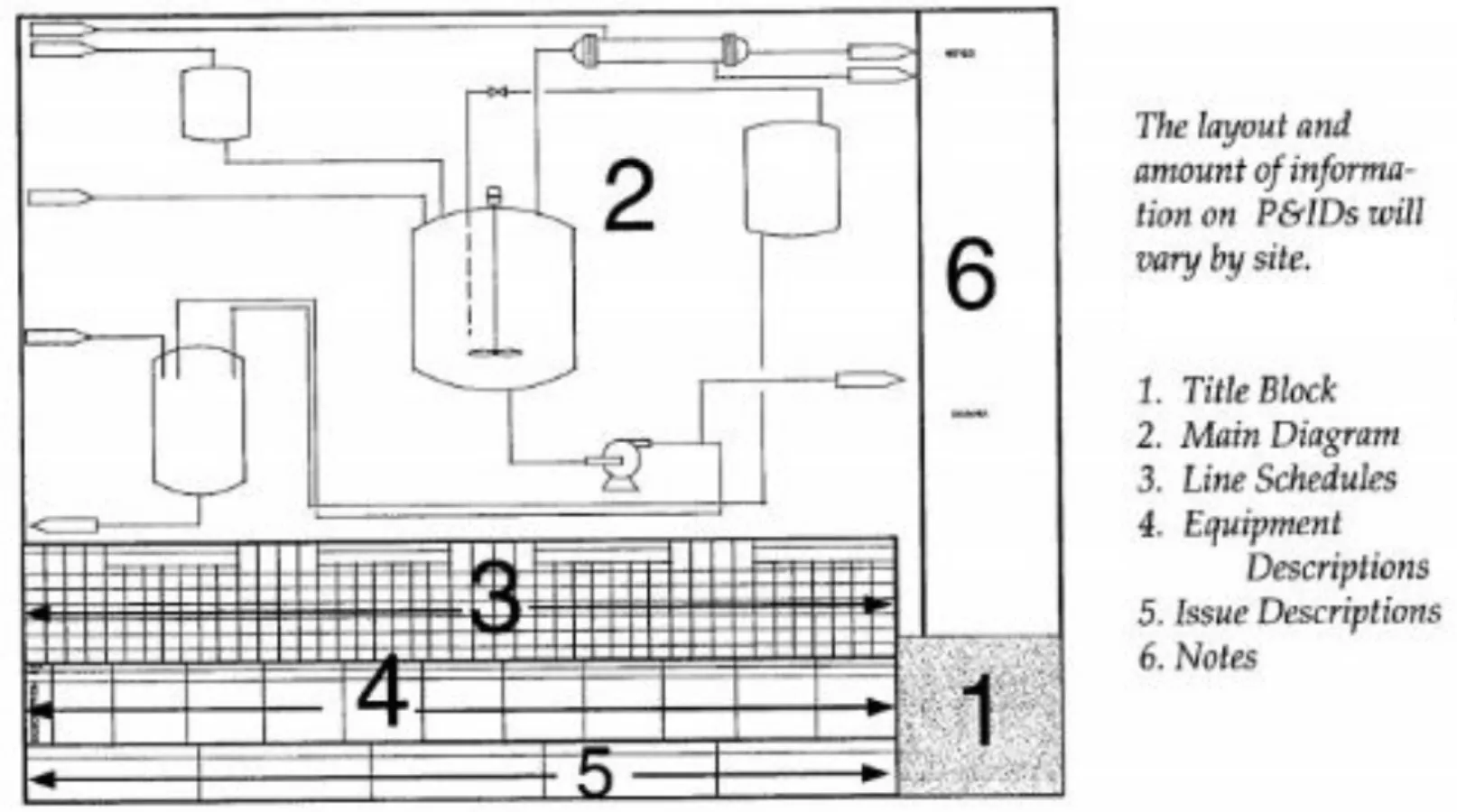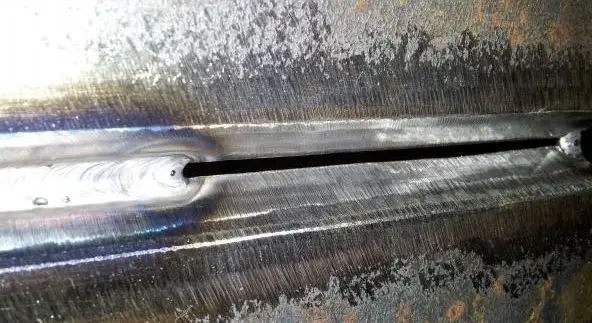What is a Globe Valve Bridgewall Symbol?
Globe valves are designed to regulate flow in a linear direction. When open, they allow fluid to pass through, and when closed, they halt the flow. These valves exhibit exceptional precision, surpassing similar gate valves, and operate with a shorter stroke. They find common applications in cooling systems, fuel lines, turbine lube oil systems, steam lines/systems, and water systems.
What is a Globe Valve?
The globe valve is the most commonly used valve and is applied in applications that require frequent operation and/or throttling of flow. A globe valve normally consists of a spherical body and a bridge wall that separates the inlet and outlet sections of the valve.
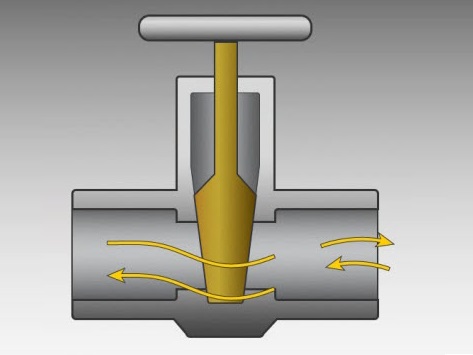
Flow is regulated by a disc-type element or plug that forms a seal with the seat in the valve’s bridge wall and can be opened or closed by adjusting the stem.
What is a Gate Valve?
he gate valve is another commonly used type of valve. It is specifically designed for on/off service, meaning it is intended to operate in fully closed or fully open positions. The primary mechanism of a gate valve involves the lifting and lowering of a gate or wedge, which creates a seal against a seating surface to control fluid flow.
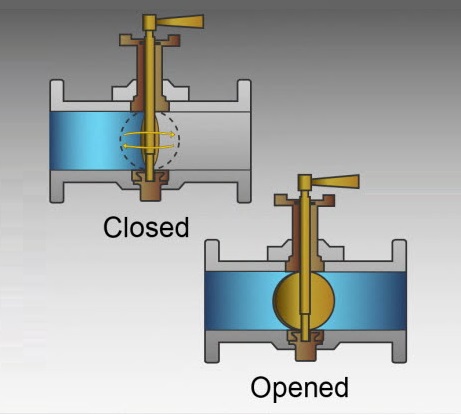
Gate valves are characterized by their straight-through design, which means the flow path is uninterrupted when the valve is fully open. This design is advantageous when installed in straight-line piping systems where minimal flow restriction is desired. However, it’s important to note that gate valves are not typically used for flow throttling purposes due to the potential for excessive vibration when partially open.
Gate valves excel at starting or stopping fluid flow, making them well-suited for applications where a binary on/off control is required. Their robust construction and ability to provide a tight seal when fully closed make gate valves reliable for isolating fluid flow in various industries and applications.
The Universal Globe Valve Bridgewall Symbol
The universal symbol for a globe valve bridgewall consists of two sideways triangles positioned on the same linear line, with their points touching at the center. At the point of contact, a black circle is depicted. Refer to the image here [include image].
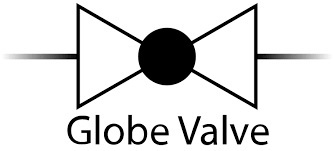
Angle Globe Valve Bridgewall Symbol
Globe valves can also be designed to function at angles. To identify an angled globe valve bridgewall symbol, look for two triangles arranged in an “L” configuration, with their points touching. The meeting point is denoted by a black circle.
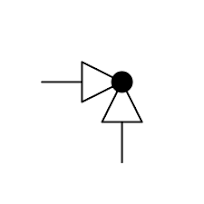
Other Valve Symbols You May Encounter
While globe valves are commonly encountered, it is essential to differentiate their symbols from other valve types that may appear similar. Here are a few examples:
- Ball Valve: Ball valves share the same symbol as the globe valve bridgewall, except that the circle in the center of the triangles is white, not black.

2. Plug Valve: Plug valves also feature two sideways triangles with points touching at the center. However, instead of a black circle, the symbol for a plug valve depicts a white rectangle. Occasionally, the rectangle may be represented as a diamond.
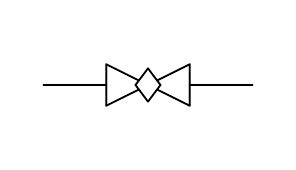
3. Gate Valve: The gate valve symbol consists of the two triangles mentioned earlier, with their points touching. When the gate valve is in the “closed” position, the triangles are filled in black.
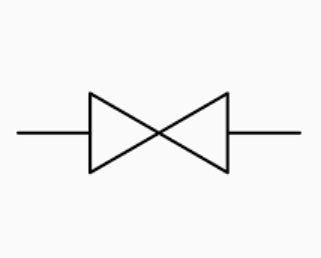
4. Needle Valve: A needle valve is represented by two triangles with a line passing perpendicularly through the points of contact. In some cases, the line may be depicted as an arrow.
